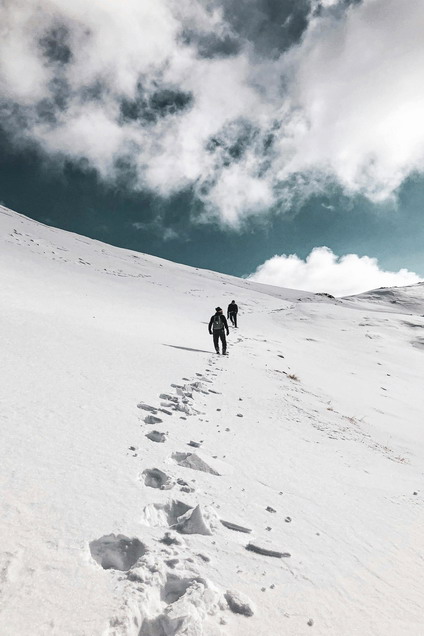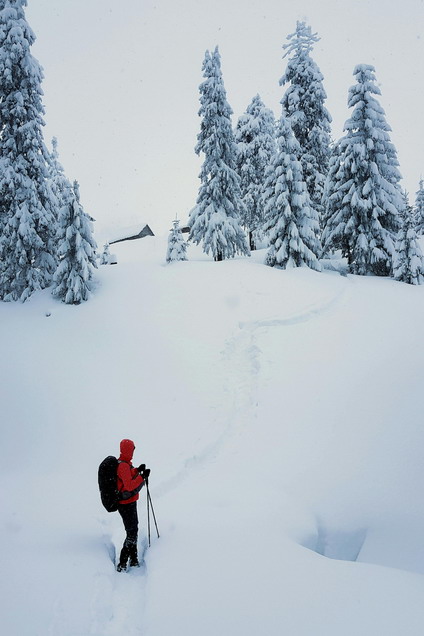034. Walking
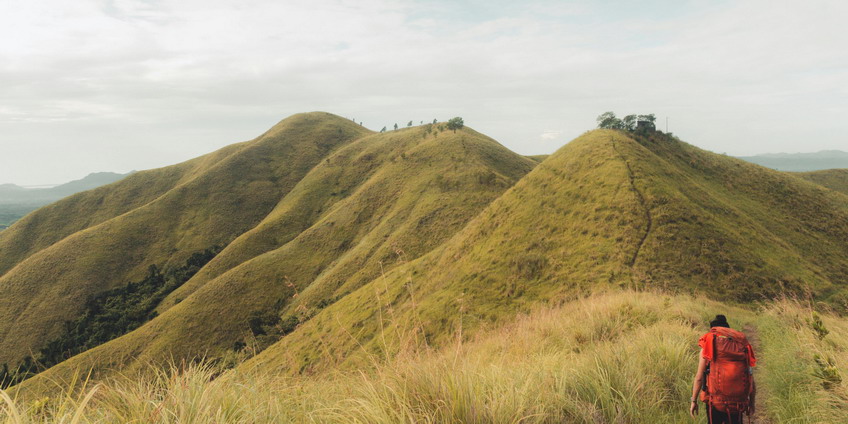
Not very powerful activity, but fundamental indeed.
Put on your most comfortable sneakers and go outside for a walk. It can not get any simpler then this. Walking is such an essential activity for human beings that everyone must practice it on regular basis.
Short Walks
If you haven’t walked much in the recent past, start walking immediately and make it a daily habit. Do it at least once a day for 10 minutes. Even if you are too busy with everyday duties, you must find time for these short walks and they will do wonders for your health. If the weather is bad, walk inside your house. If you don’t have enough space, walk in place or buy a small stepper machine.
Long Walks
Beside regular short walks, you should occasionally go out for a longer walk as well. Walk at least twice a month for 5 miles and set it as a bare minimum even if you are old and overweight. At the beginning, go very slow and make pauses. Once you get into the groove, switch from relaxed stroll to quick and steady stride without pauses.
Long walks are ideal for wearing ankle weights. Choose light ones, because their purpose is only to wake up sleepy leg flexors, tendons and ligaments. Ankle weights can not make your legs big and muscular, because targeted muscles are small and invisible. However, these muscles have a very important function in walking and running. If knees start to hurt, take the weights off and try wearing them again in a week or two.
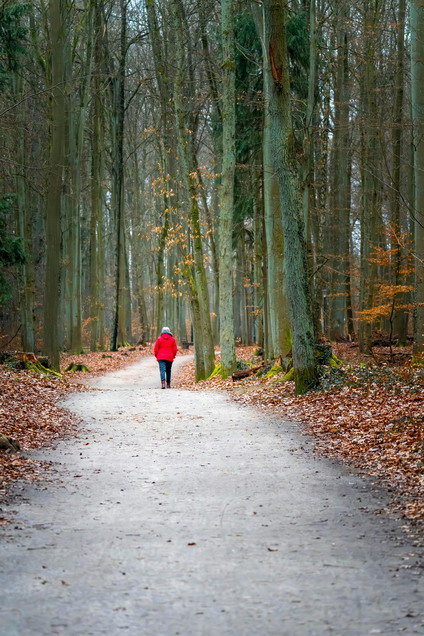
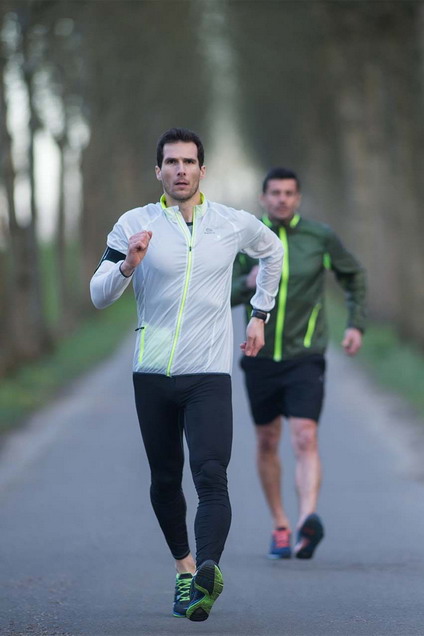
Power Walking
Power walking is a very intense walking activity, performed at the highest walking speeds. It is manifested with characteristic vigorous arm movements. To be considered as walking, one foot has always to be in touch with the ground. If in any moment both feet end up in the air, walking becomes running. Practice power walking on paved roads or established and beaten country trails. Go for longer distances or circle around short distances for longer time, but even the shortest power walk will be very beneficial for your condition and health.
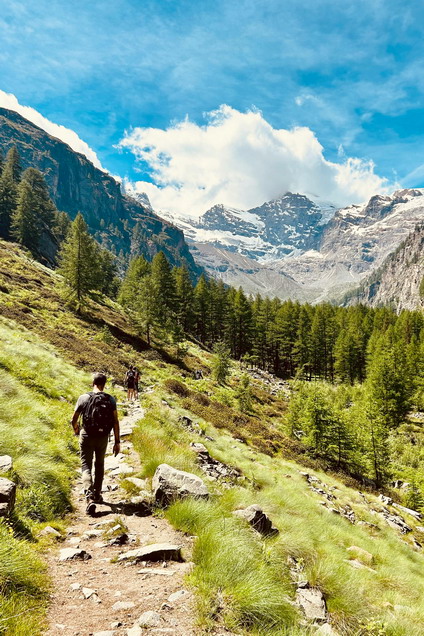
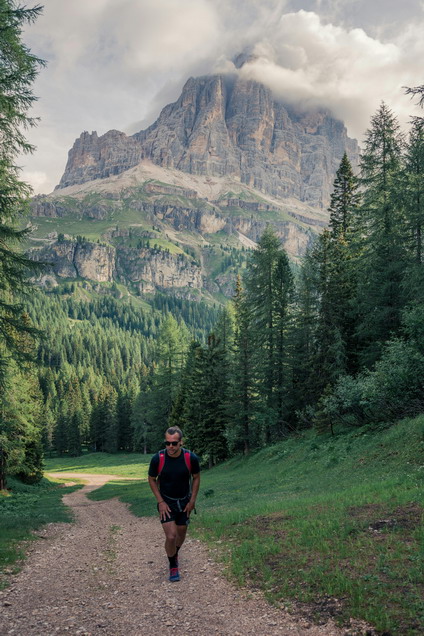
Hiking
Walking in Nature is called hiking. Beside walking, it includes breathing fresh air, enjoying calm sounds and seeing beautiful landscapes. First of all, it would be wise to buy a high-top hiking boots to protect your feet and ankles. Test them on short walks. If they are comfortable, plan your first hiking tour on a nearby dirt-road. Put a bottle of water and some snacks in your backpack and take a hike. You can go alone or with family members, friends or pets. Whenever you hike in a company, be prepared to adjust walking speed to others. Hiking on beaten paths is much easier then hiking on other surfaces, like tall grass, sandy beach, rocky trail, deep snow, uneven terrain, etc.

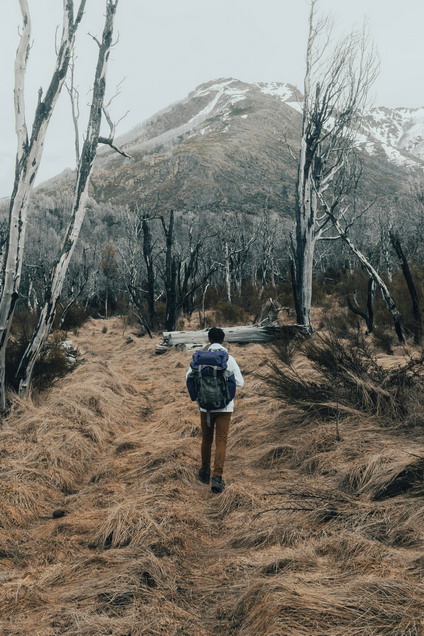
It’s easy to make hiking a more productive activity for power development. Just increase the walking pace, put weight in backpack or ascend a steep hillside. Of course, you can apply all these 3 intensifying methods at once, but hiking may become way too hard and certainly not enjoyable anymore.
Keep in mind that hiking on unmarked trails, off the beaten tracks and especially in the forests, could be quite dangerous. Pack enough food and water, wear protective clothes and be sure your phone has an offline functional GPS application. It’s the one that doesn’t need network connection to be able to operate as a navigation.
Trekking
While hiking represents one-day walk in the Nature, trekking is a multi-day walk with included camping for a night sleep. This means you would need a tent, sleeping bag and many other things. Obviously, everything becomes much more complicated and trekking may not be easy to organize for busy people. On the other side, if you like adventures and spending lots of time in Nature, then trekking may be a perfect activity for you.
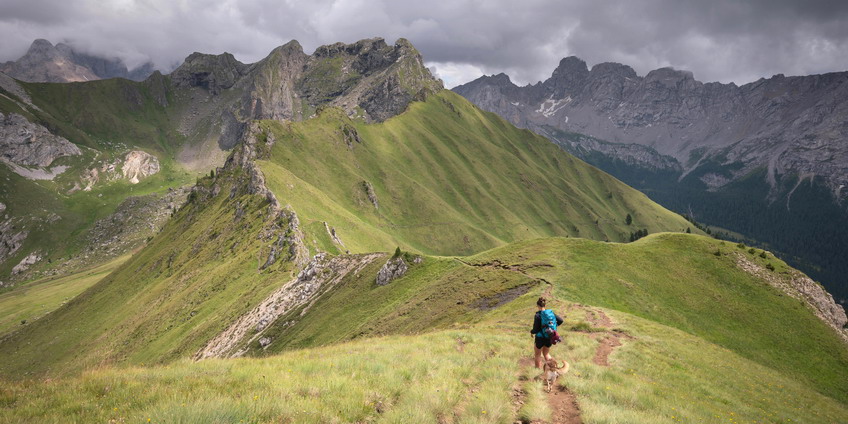
Mountaineering
The most physically demanding type of walking is mountaineering or climbing mountains. Play safe and focus on mountaineering on beaten mountain trails. Forget all dangerous forms of mountaineering, like alpinism, rock climbing and ice climbing. These activities are extremely dangerous and eventually could be fatal. Furthermore, they require lots of different knowledge, lifelong experience and even proficiency in some very complex and tricky skills.
If you decide to try mountaineering, start with gently inclined hillocks and ascend upwards slowly. This is a very energy consuming activity, so you can do it in stages with frequent rests (whenever you need one). If this is not hard enough for you, go as fast as you can and put additional weight in backpack. This approach will drain your energy quickly and turn you into a powerful beast. Few water bottles as additional weight in the backpack should do the trick. You can drink water or spill it, if the weight becomes too heavy. Bring along a pair of walking sticks, to put more strain on arms and allow some relief for legs. Engaging arms and upper body muscles will make mountaineering a whole body activity. Finally, prepare adequate clothes for cold winds and scorching Sun at the top of the mountain.
The hardest form of mountaineering is ascending over snowy slopes in winter. Deep and wet snow will cause each step to be a challenge. Try it only if you are in perfect physical condition, well equipped and psychologically prepared for such hard task.
